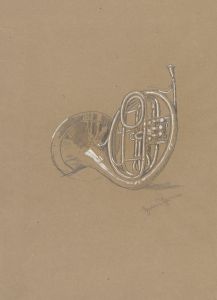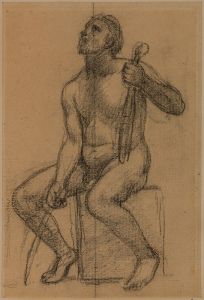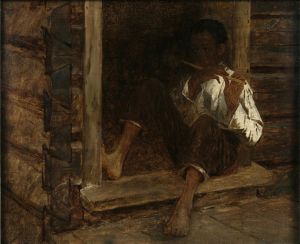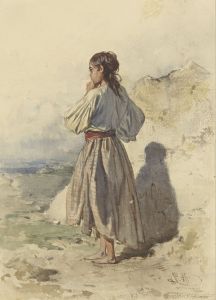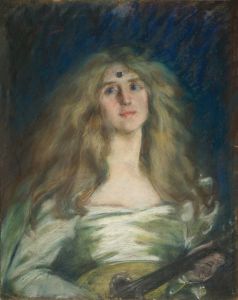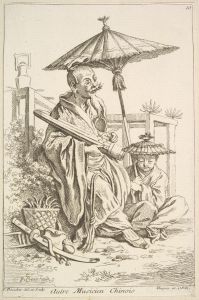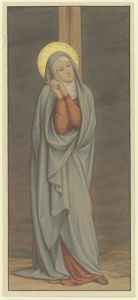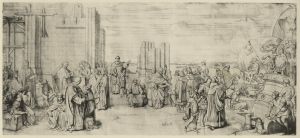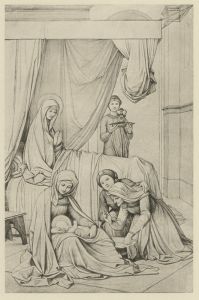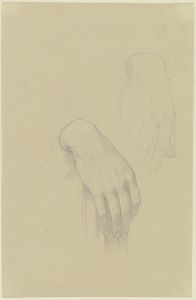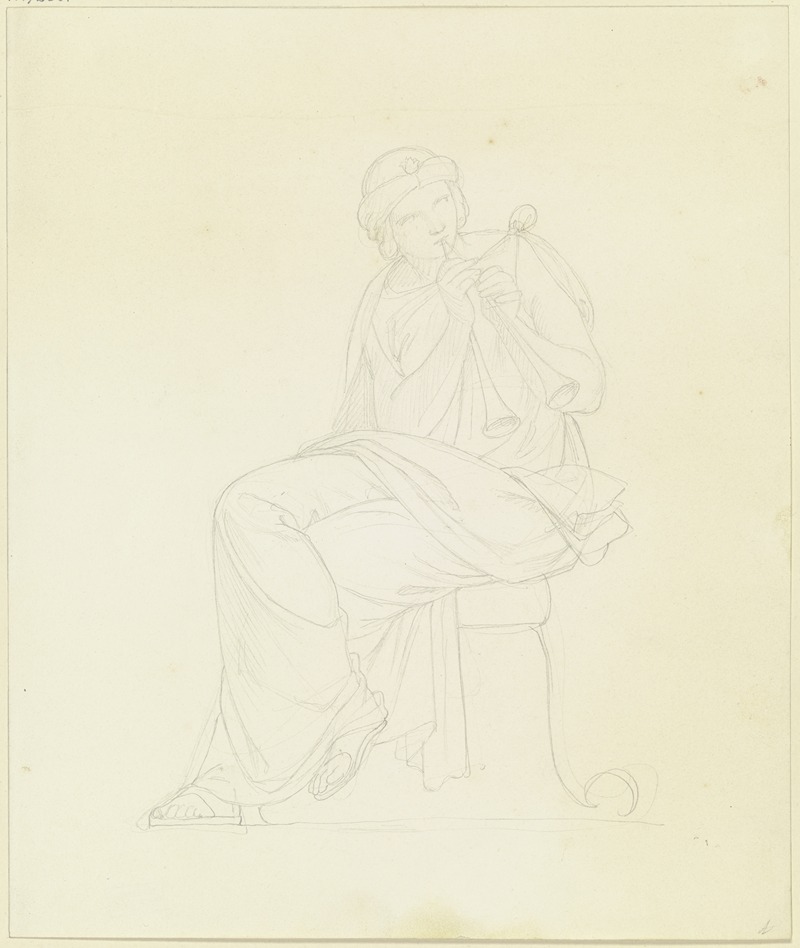
Flötespielerin in griechischem Gewand
A hand-painted replica of Eduard von Steinle’s masterpiece Flötespielerin in griechischem Gewand, meticulously crafted by professional artists to capture the true essence of the original. Each piece is created with museum-quality canvas and rare mineral pigments, carefully painted by experienced artists with delicate brushstrokes and rich, layered colors to perfectly recreate the texture of the original artwork. Unlike machine-printed reproductions, this hand-painted version brings the painting to life, infused with the artist’s emotions and skill in every stroke. Whether for personal collection or home decoration, it instantly elevates the artistic atmosphere of any space.
Eduard von Steinle was a notable German painter associated with the Nazarene movement, which sought to revive honesty and spirituality in Christian art. One of his works, "Flötespielerin in griechischem Gewand" (Flute Player in Greek Garment), exemplifies his style and thematic interests. Steinle was born in Vienna in 1810 and later became a prominent figure in the German art scene, particularly known for his religious and historical paintings. He was influenced by the ideals of the Nazarene movement, which was founded in the early 19th century by a group of young German artists who aimed to return to the purity and spirituality of medieval and early Renaissance art.
"Flötespielerin in griechischem Gewand" reflects Steinle's fascination with classical themes and his skill in depicting figures with grace and elegance. The painting portrays a female figure dressed in Greek attire, playing a flute. This choice of subject matter aligns with the 19th-century European interest in ancient Greek culture, which was often idealized as a period of harmony and beauty. Steinle's work often incorporated elements of historical and mythological significance, and this painting is no exception.
The depiction of the flute player in Greek clothing suggests an admiration for the classical world, which was a common theme among artists of the time. The Greek garment, typically characterized by its flowing lines and simplicity, enhances the sense of timelessness and serenity in the painting. Steinle's attention to detail and his ability to convey emotion through posture and expression are evident in this work.
Steinle's artistic career was marked by his commitment to the Nazarene principles, which emphasized a return to religious and moral themes in art. He was part of a broader movement that sought to counteract the perceived materialism and superficiality of contemporary art trends. The Nazarenes were known for their detailed and meticulous approach to painting, often drawing inspiration from the works of early Renaissance masters such as Fra Angelico and Raphael.
In addition to his paintings, Steinle was also a respected teacher and mentor. He held a professorship at the Städelschule in Frankfurt, where he influenced a generation of artists. His impact on the art world extended beyond his own works, as he played a significant role in shaping the direction of 19th-century German art.
"Flötespielerin in griechischem Gewand" is a testament to Steinle's ability to blend classical themes with the spiritual and moral values that were central to his artistic philosophy. The painting not only reflects his technical skill but also his dedication to creating art that was both beautiful and meaningful. Through his work, Steinle contributed to the broader cultural movement that sought to revive the spiritual and aesthetic values of the past, leaving a lasting legacy in the world of art.





